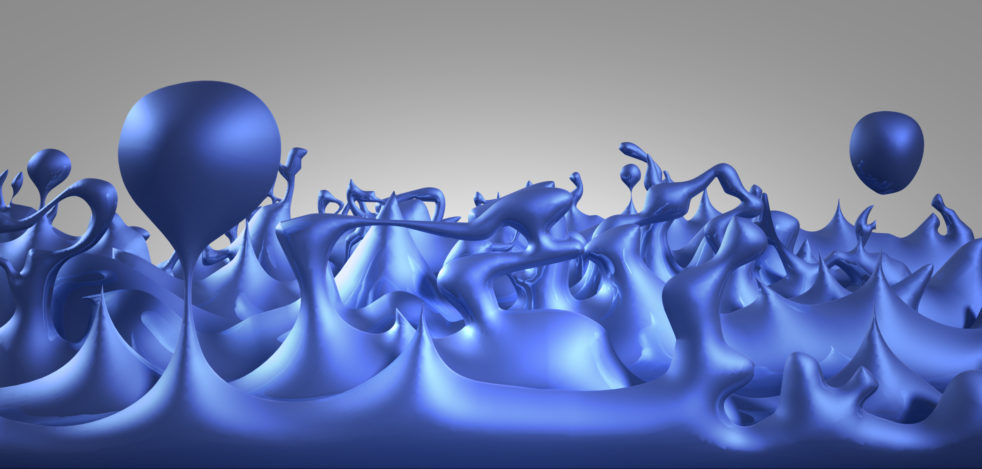Quantum reality, quantum worlds – new book explores quantum foundations
[“Quantum foundations” series] [Updated December 2019] Introduction to this topic If Murray Gell-Mann was right that Niels Bohr brainwashed a generation of physicists to accept the Copenhagen Interpretation, either his influence has waned or he didn’t do a very good job in the first place. For in an informal poll conducted at an international meeting… Continue reading Quantum reality, quantum worlds – new book explores quantum foundations


